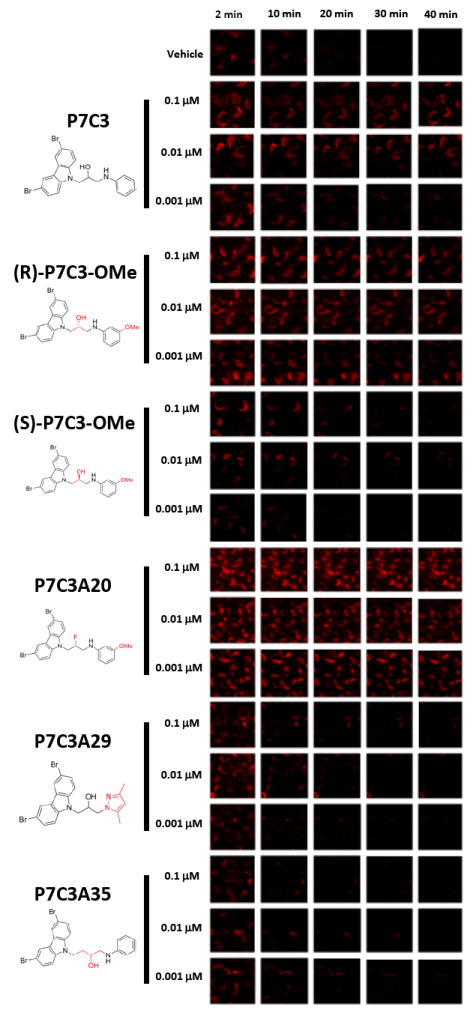Figure 6. P7C3 and its analogs preserve mitochondrial membrane potential in parallel to pro-neurogenic activity (see also Figure S4).

U2OS cells were loaded with tetramethylrhodamine methyl ester (TMRM) dye and then exposed to the calcium ionophore A23187 either in the presence or absence of test compounds. P7C3 preserved mitochondrial membrane potential following exposure to the calcium ionophore A23187 in a dose dependent manner. The protective effect of P7C3 was enantiomeric specific. The (R)-enantiomer of P7C3-OMe blocked dye release at levels as lowas 1nM, whereas the (S)-enantiomer failed to block dye release even at the highest drug dose tested (100nM). The more active, pro-neurogenic analog (P7C3A20) exhibited dye release protection at all doses tested, yet analogs devoid of pro-neurogenic activity (P7C3A29 and P7C3A35) failed to preserve mitochondrial membrane potential at any test dose. Each compound was evaluated in triplicate with similar results.
